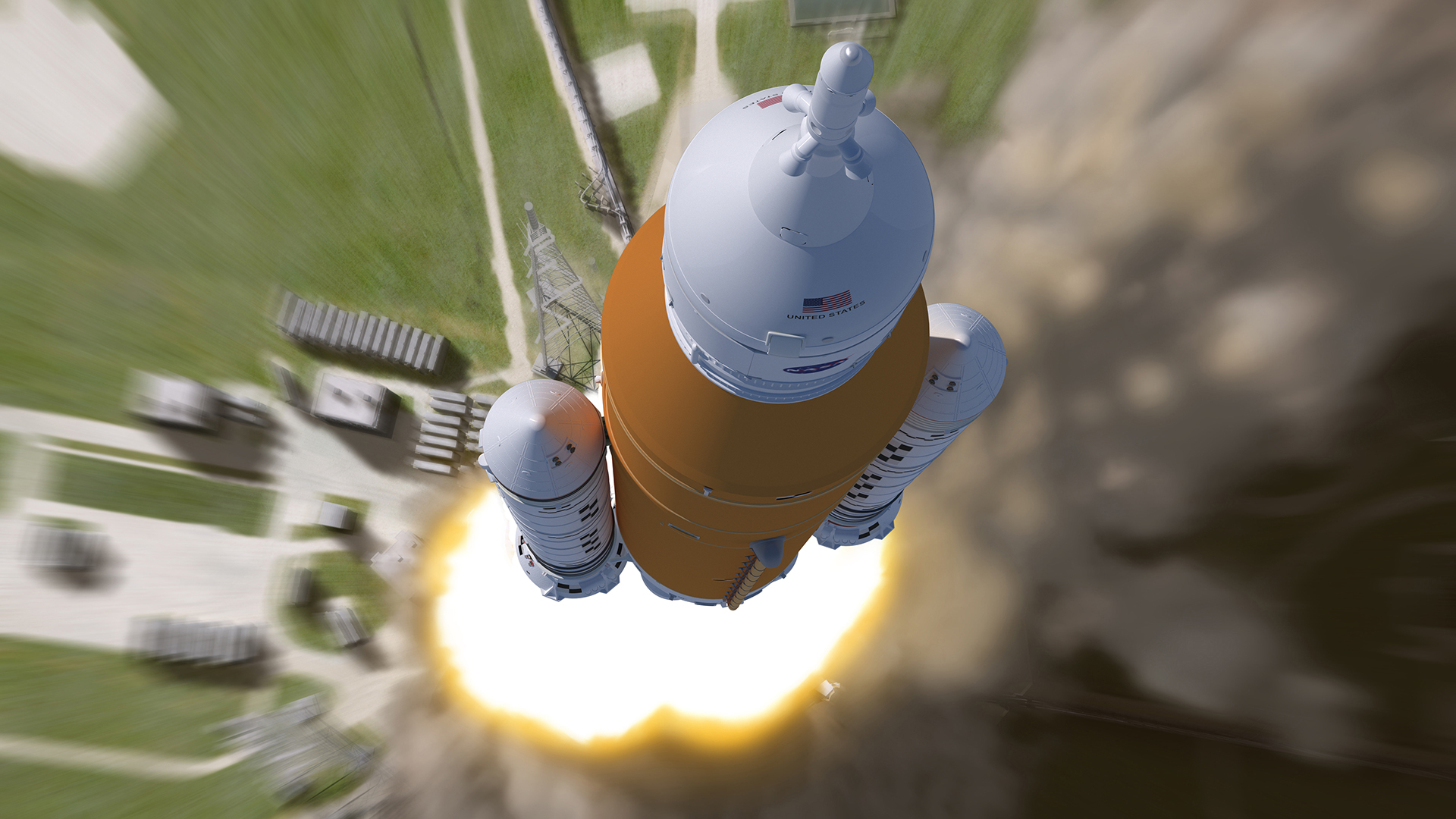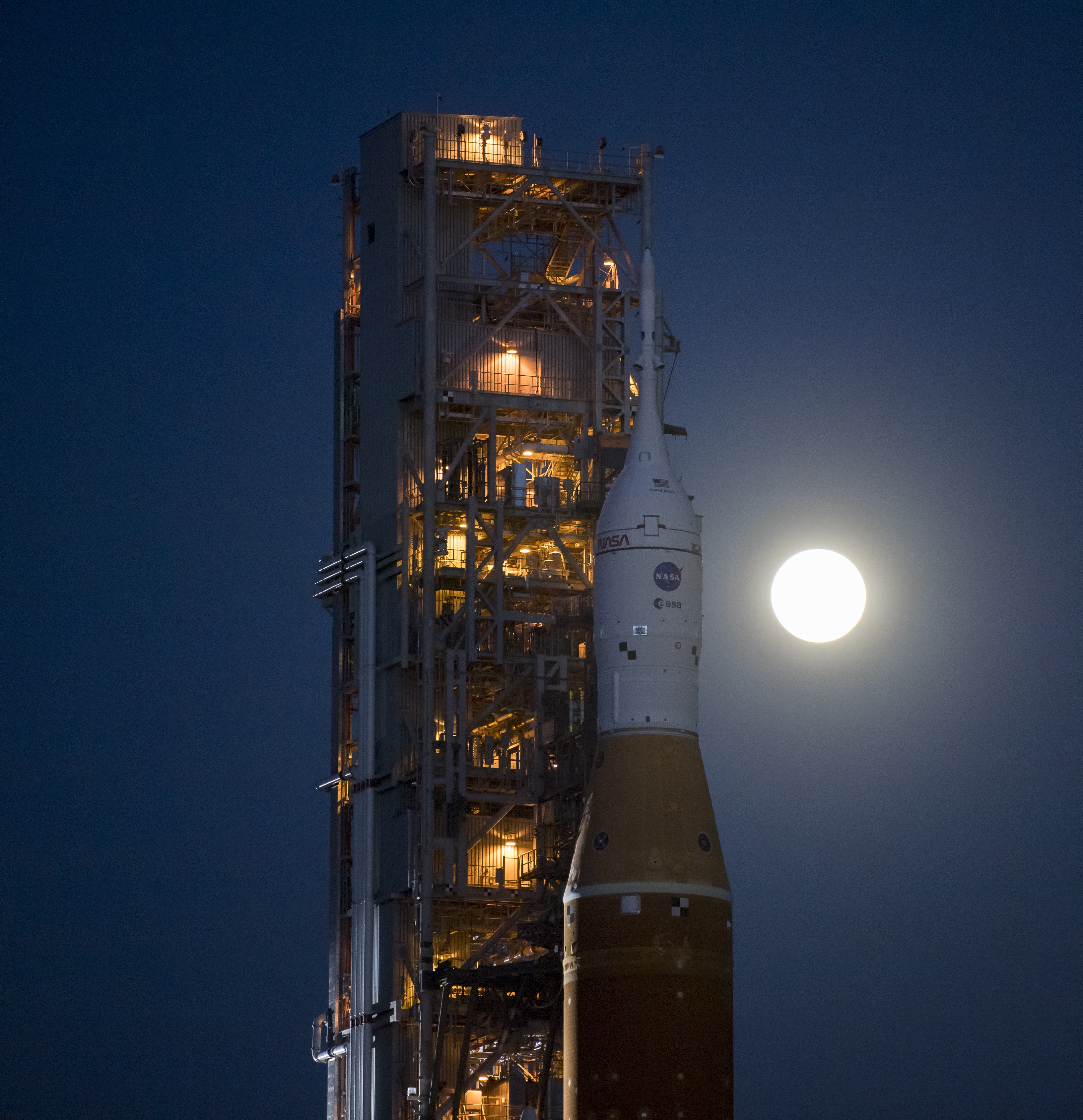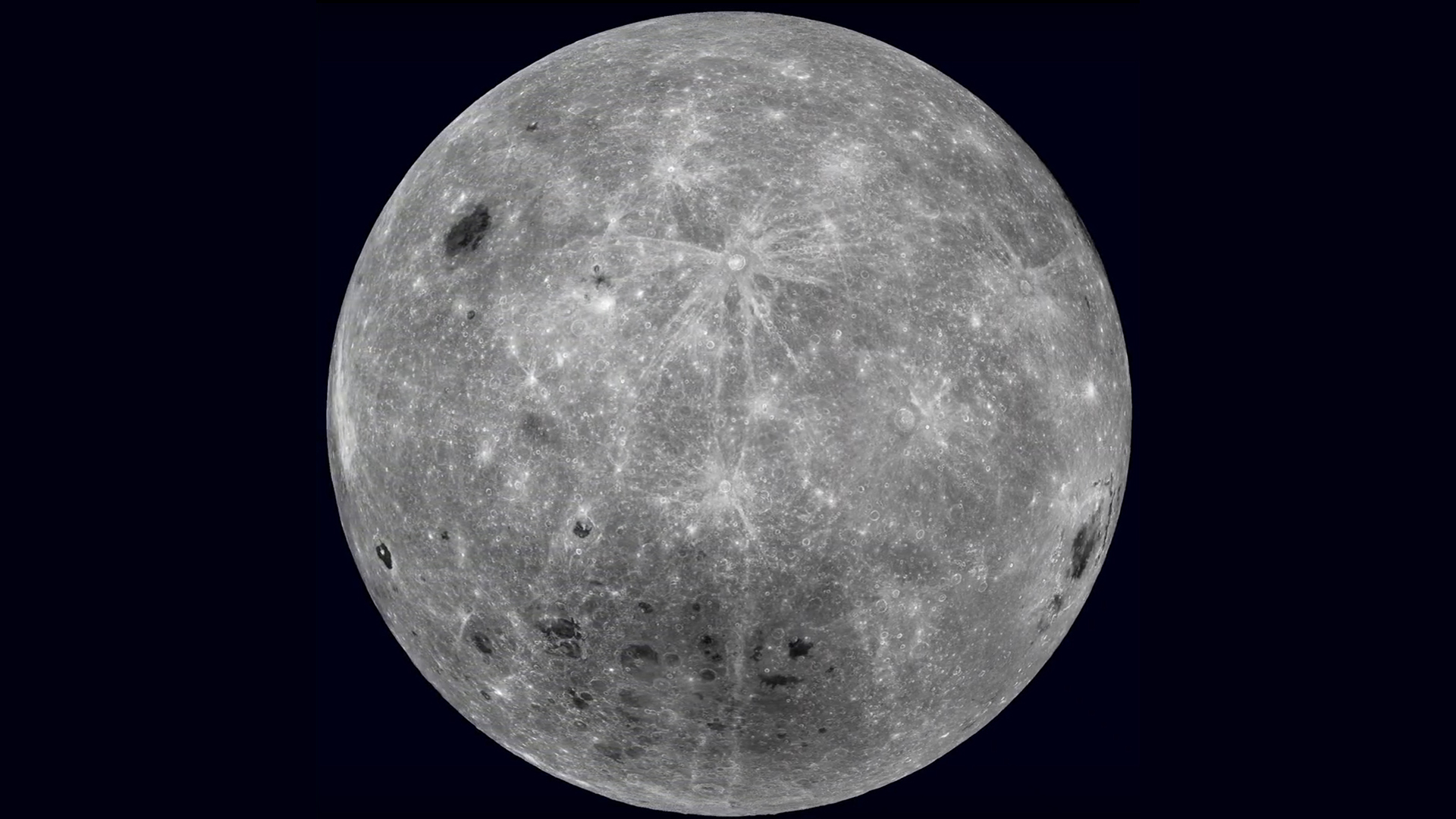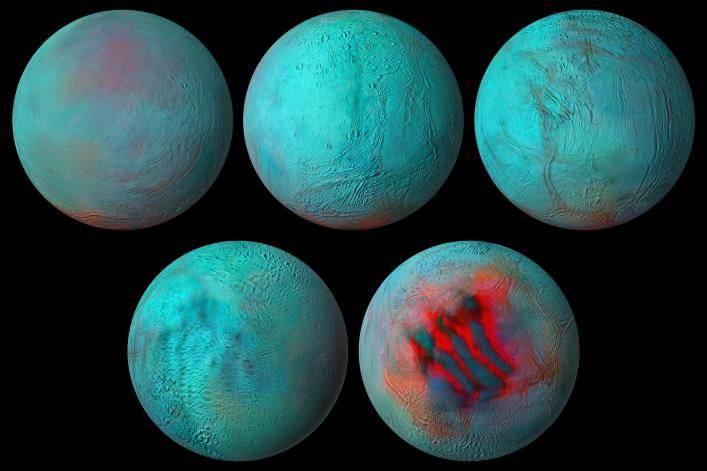
Officials at NASA have announced a mid-November launch date for their new "Mega Moon rocket."
The vehicle is officially known as the Space Launch System (SLS) and is part of NASA’s Artemis program, which aims to put humans back on the moon for the first time in 50 years. NASA officials have tentatively pegged Nov.16 as the launch day for the most powerful rocket ever created to take a trip to the far side of the moon and back. This first mission will be uncrewed, but later expeditions will put the first woman and first person of color on our lunar companion.
We here at Live Science are always over the moon about any new launch vehicle, but the Mega Moon rocket makes us especially giddy. Here are a few reasons why.
It’s a whopper of a spacecraft
The Apollo program of the 1960s and 1970s was a towering highlight of the Space Age, delivering astronauts experiments, and moon buggies to our natural satellite. The Saturn V rocket that carried people to the moon during these Apollo missions is probably the measure against which all other launch vehicles should be compared.
For the first mission in the Artemis program — which NASA hopes will eventually bring the first woman and person of color to the moon — the SLS will be in what’s known as its Block 1 configuration, Live Science's sister site Space.com reported. Under this configuration, the Mega Moon rocket will be capped by the Orion crew vehicle and will stand 322 feet (98 meters) tall — higher than the Statue of Liberty — and weigh 5.75 million pounds (2.6 million kilograms), according to NASA.
This means that it will actually be slightly shorter than the Saturn V, which was 363 ft (110.5 m) tall. But SLS will be capable of delivering 8.8 million pounds (4 million kg). of thrust, 15% more than the Saturn V’s 7.5 million pounds (3.4 million kg) of thrust, and even surpassing the space shuttle system’s 7.8 million pounds (3.5 million kg). of thrust, according to the Houston space center. SLS will be able to haul more than 30 tons (27,000 kg) to the moon. While this is slightly less than the Saturn V carried, less of the Mega Moon rocket’s carrying capacity will be wasted on the different rocket stages and fuel, which will make it an overall better cargo mover, according to Space.com.
Future versions of SLS will be even mightier. The Block 2 configuration, which will have an additional upper stage to deliver more thrust and a larger area for payloads, will stand 365 ft (111 m) tall and be able to bring more than 50 tons (46,000 kg) to the lunar surface, according to NASA. The rocket will be capable of delivering crews and material to Mars, and should enable exploration of almost anywhere in the solar system.
Sign up for the Live Science daily newsletter now
Get the world’s most fascinating discoveries delivered straight to your inbox.

It's got powerful engines
The workhorse of the Artemis program is the RS-25 rocket engines, four of which sit at the bottom of the Mega Moon rocket’s core stage. The RS-25 was originally used to launch the space shuttle, and NASA currently has 16 of them on hand to use for different SLS missions. These veteran pieces of space hardware have been overhauled with new computer controllers and upgrades to ensure they can handle the higher performance demands of a Mega Moon rocket launch.
RS-25 rockets are powered by 730,000 gallons (3.3 million liters) of supercooled liquid hydrogen and liquid oxygen, according to Space.com. The RS-25s will be supplemented by two solid rocket boosters attached to the side of the core module. Each of these stands 177 ft (54 m) tall — about the height of a 17-story building — and is capable of delivering 3.6 million pounds (1.6 million kg) of thrust, according to NASA. The boosters will burn approximately 6 US tons (5.4 metric tons) of polybutadiene acrylonitrile propellant every second, and they are the largest and most powerful solid boosters ever built.
Under its Block 1 configuration, the SLS’s engines will provide an equivalent horsepower to 160,000 Corvette engines, according to NASA. With Block 2, this will be upped to an astounding 9.2 million pounds (4.2 million kg) of thrust, 20% more than the Saturn V and the equivalent horsepower of 208,000 Corvette engines. The agency has also said that a single RS-25 engine could generate enough power for 846,591 miles (1,362,456 kilometers) of residential street lights — a length of street that would reach the moon and back and then circle Earth 15 times.

It will allow for amazing exploration and science
One of NASA's stated goals with its Artemis program is to land "the first woman and first person of color on the moon." The SLS’s Orion crew capsule is capable of taking four astronauts on jaunts to space, and it is expected to do so for the first time with the Artemis II mission, which will fly around the moon sometime after the uncrewed Artemis I mission, currently scheduled for late August.
Artemis III is expected to bring people to the moon no earlier than 2025, according to Space.com. The program hopes to eventually build an orbiting station around the moon called the Lunar Gateway and establish the Artemis Base Camp near the moon’s south pole, according to NASA. Having humans, rather than just robots, on the moon’s surface will allow for faster and more complicated procedures to explore the moon.
As Space.com previously reported, NASA lists its top science goals for Artemis as being focused on understanding planetary processes on airless worlds, characterizing lunar ices and whether they can be used as resources for human missions, learning more about the history of the Earth-moon system, searching for records of ancient solar and stellar processes that may have left an impact on the moon, and using the moon as a base to view the universe and conduct unprecedented astronomical observations.

The Mega Moon rocket will also set the stage for further exploration of Mars, both by making it easier to undertake something like a robotic sample-return mission and by teaching NASA how to mitigate the risks involved in sending humans deeper into the solar system. Because it’s extremely powerful and can carry large amounts of cargo, it also enables scientists to dream of even more ambitious projects, such as collecting samples from the geysers of Saturn's moon Enceladus.
Originally published on Live Science.

Adam Mann is a freelance journalist with over a decade of experience, specializing in astronomy and physics stories. He has a bachelor's degree in astrophysics from UC Berkeley. His work has appeared in the New Yorker, New York Times, National Geographic, Wall Street Journal, Wired, Nature, Science, and many other places. He lives in Oakland, California, where he enjoys riding his bike.










